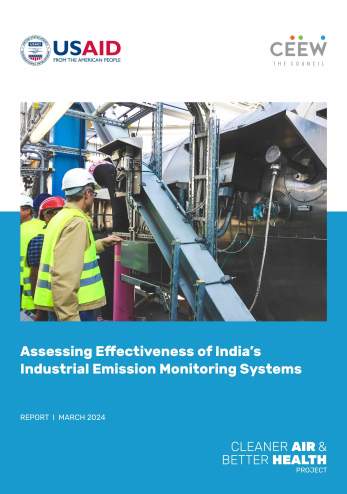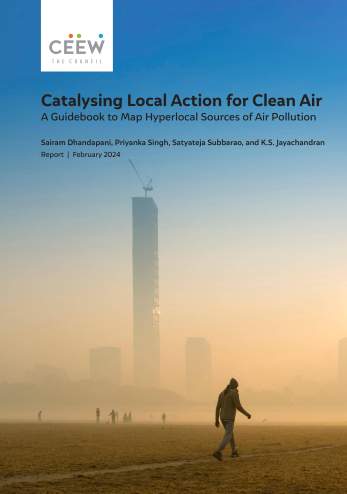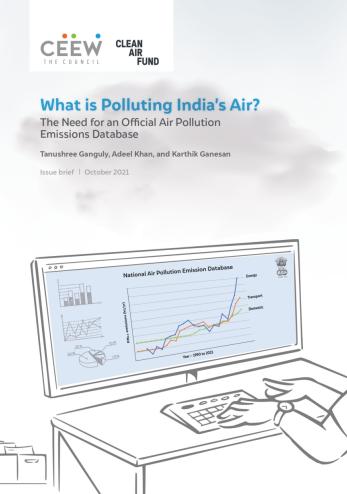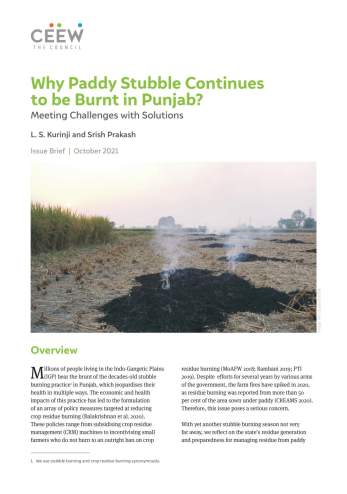Report
Best Practices in CEM (Continuous Emission Monitoring)
Sanjeev K Kanchan
June 2023 | Clean Air, Industrial Sustainability
Suggested citation: Kanchan, Sanjeev K, 2023. 2023. Best Practices in CEM (Continuous Emission Monitoring). United Kingdom: International Centre for Sustainable Carbon.
Overview
Real-time emission monitoring and reporting using continuous emission monitoring systems (CEMS) has been mandated for Indian industries since February 2014. It is considered a technological leap for India's environmental governance system; an automated system is used to monitor air emissions from industry and supplies a sufficient amount of data directly to the environmental regulator on a continuous basis with the least manual intervention.
Although most of the highly polluting industries have installed the CEMS since 2014 and are supplying data to the regulators, both the Central Pollution Control Board (CPCB) and the relevant State Pollution Control Boards (SPCBs), accuracy and credibility of the data are yet to be improved.
This report, prepared by the International Centre for Sustainable Carbon (ICSC, UK) with support from CEEW, on behalf of the US Department of State, is based on guidance documents, standard methodologies and best practices published in the EU, the USA and India. The collation of these approaches serves to provide the basis for best practice in India. Stakeholders should use this document as a guide based on best practices for the application of CEMS.
Key Highlights
- This report is the only available comprehensive document that covers all essential aspects necessary to understand proper CEMS implementation. As Indian CEMS guidelines give freedom to the industries to use certified CEMS as per the EU approach or the non-certified CEMS as per the US- approach, this guidance document explains essential processes and tests for quality assurance and control to be carried out for both the approaches which need to be followed.
- This document guides through best practices to be followed for correct CEMS installations, which is the most prominent problem for CEMS implementation in the Indian industries. This includes ensuring the right location and position for CEMS installation in the stack or duct and provisions for a safe and adequate approach, parallel tests, calibration and regular physical maintenance requirements.
- It also summarises the provisions for regular operation and maintenance, including calibration and drift tests as per the regulation in India. This is essential to be understood by the operator not only to ensure regulatory compliance, but correct operation and better instrument life as well.
- Finally, this document shares data handling provisions and innovation in India, as well as the practices being followed in the world. The document, at the end, shares capacity-building initiatives on CEMS in the US and UK and recommends similar initiatives for stakeholders in India through training and certification programmes.
“Capacity building of the stakeholders is the most essential element needed for bridging the gap in CEMS implementation that can lead to improved data quality. The best practices document can play a significant role in this.”







